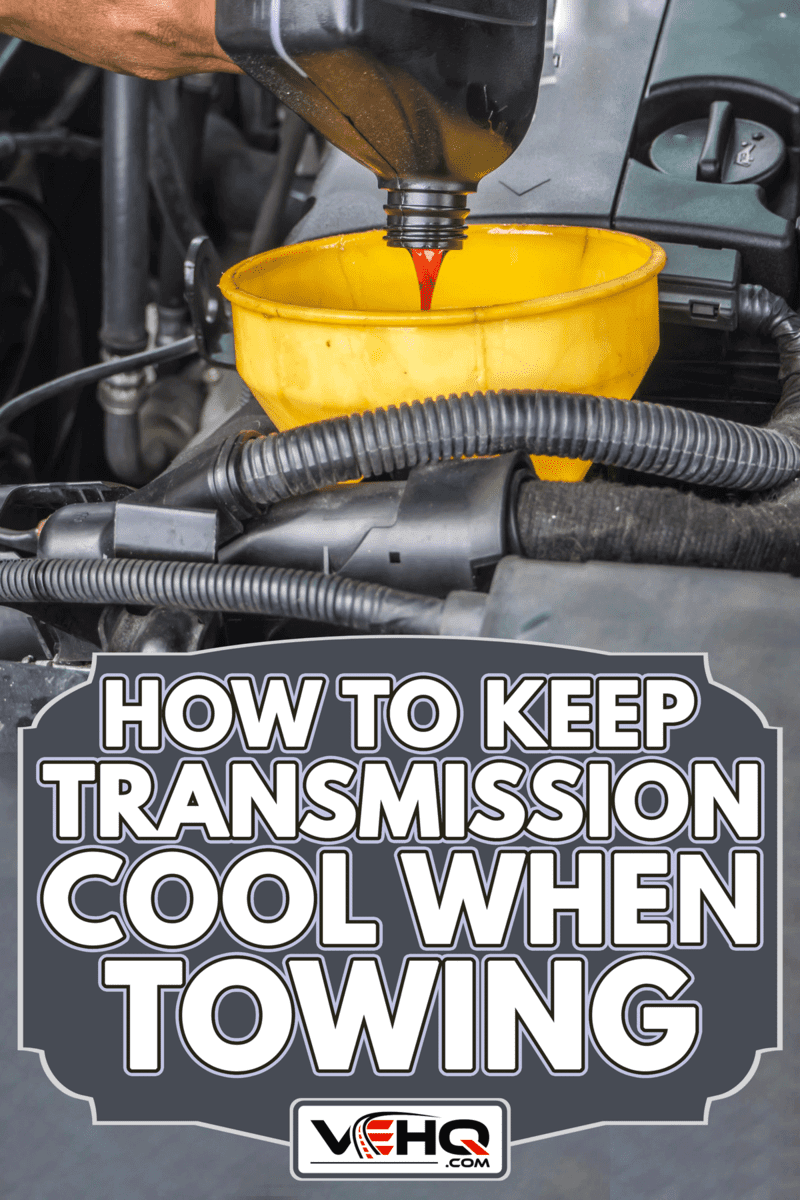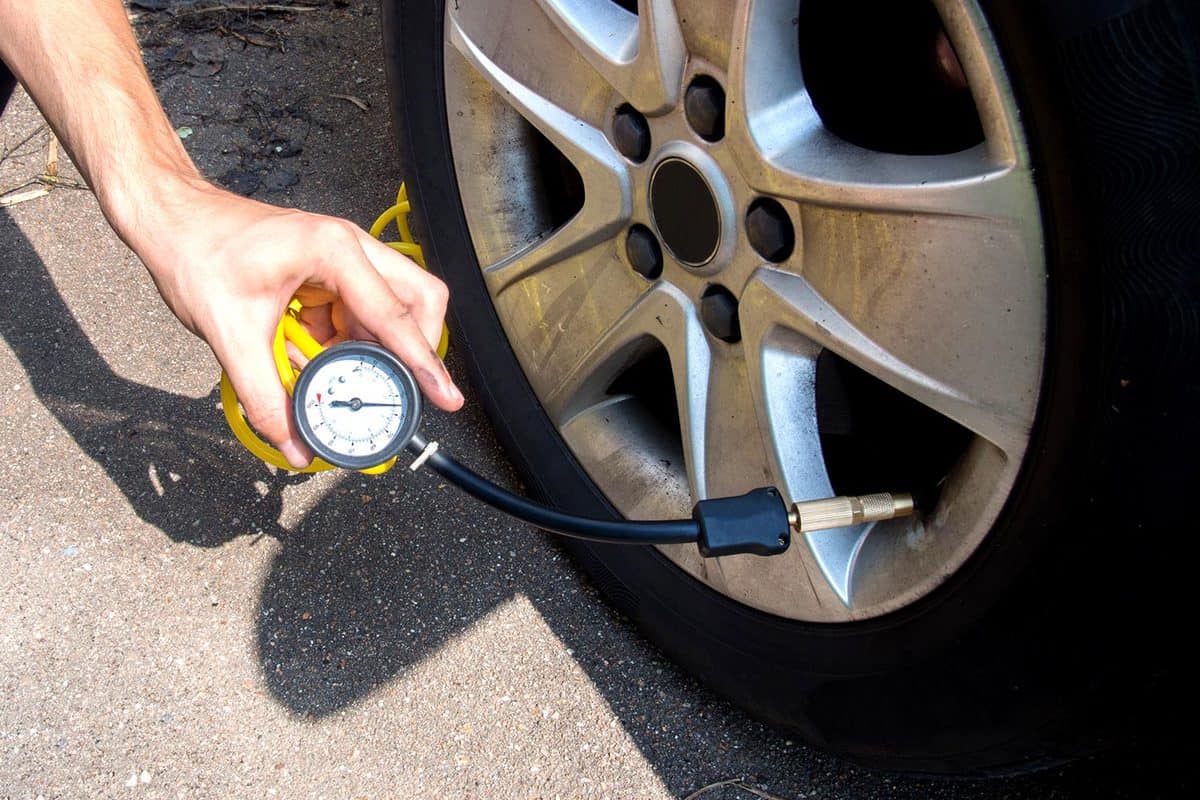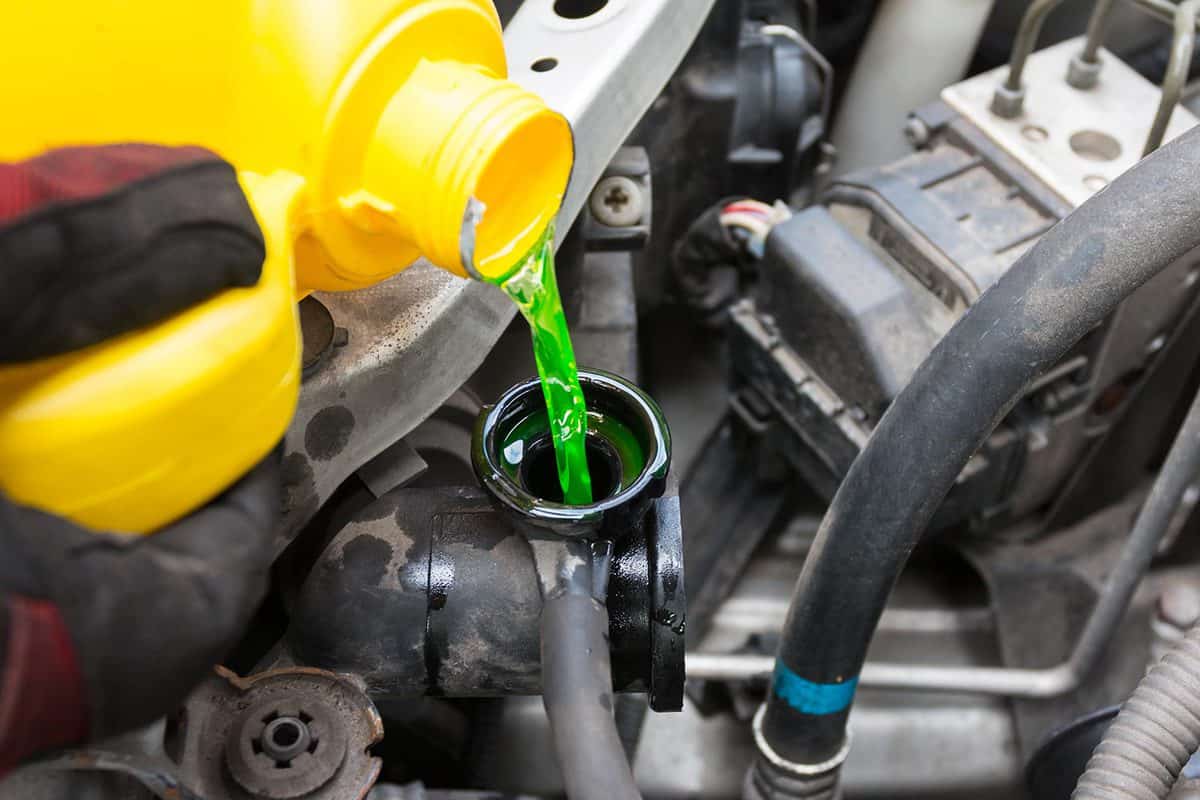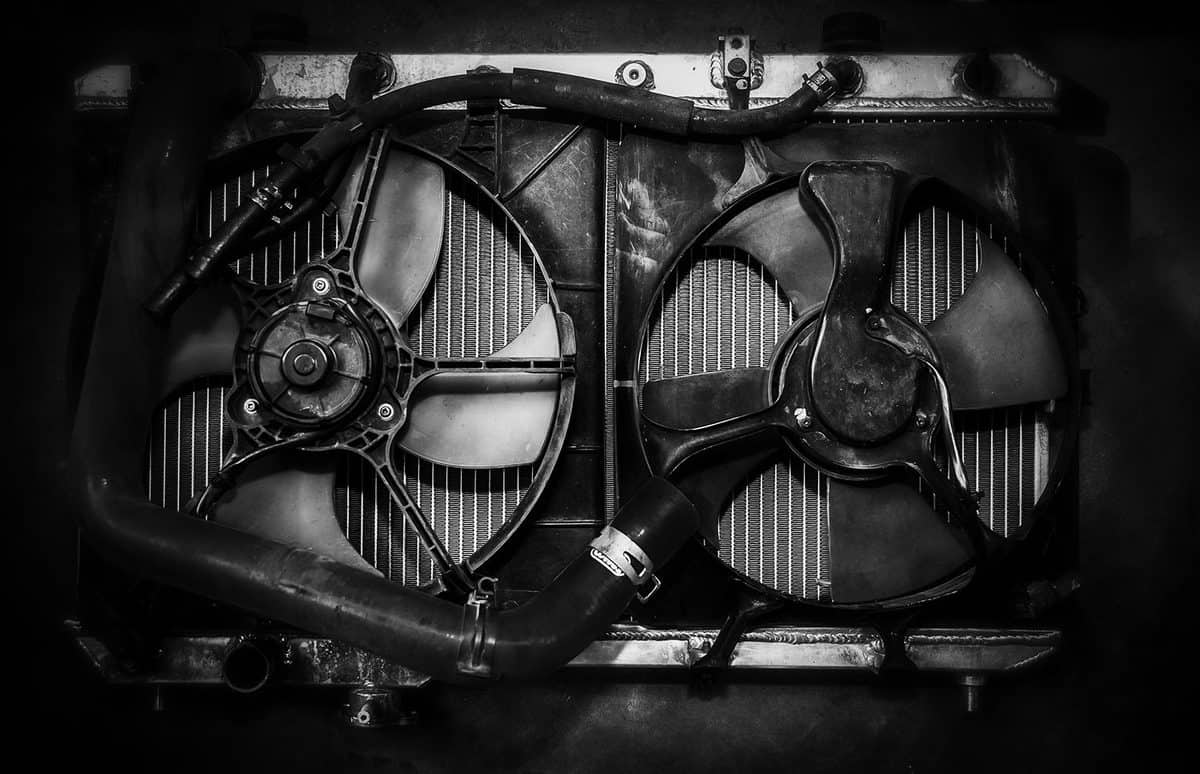Heat accounts for a great majority of premature transmission failures. If excessive heating goes uncontrolled, frequent or long-haul towing can cause severe damage to your transmission. So how do you keep your vehicle's transmission cool when towing? We've done research to give you the answer.
Keeping the transmission cool and functioning correctly for towing is a maintenance routine that starts in the garage or service center and is ongoing. This routine includes:
- Following maximum tow rating/capacity
- Checking for a proper tire alignment and air pressure
- Frequent checking of the transmission fluid levels
- Routine replacement of transmission fluid
- Frequent checking and maintenance of transmission components
- Proper maintenance of the radiator and intercooler
- Ensuring sufficient airflow from cooling fans
- Installation of an external cooling system
- Installation of a deep transmission fluid pan
- Extra care in driving while towing
Does the list seem long and intimidating? It's actually more straightforward than it looks. Read on as we discuss how you can keep towing and still take care of your beloved vehicle's precious transmission.

What Do I Do To Keep My Transmission Cool When Towing?
As discussed at the beginning of this article, you need to stick to a certain regimen to help ensure that the transmission stays cool when towing. Below are our recommendations.
Follow The Maximum Towing Capacity
Every vehicle has a tow rating or the maximum weight that it can pull behind it. This rating can be found on the vehicle's manual, the driver-side door jam, and sometimes on the manufacturer's website. Always abide by your vehicle's tow rating, and follow safe towing guidelines.
Here's where you can read more information on towing capacity and trailer weight.
Check Proper Tire Air Pressure and Wheel Alignment

Proper tire pressure and wheel alignment are basic requirements for driving any car, and they are even more important when it comes to towing.
Correct wheel alignment for both your vehicle and your load (trailer bed, RV, etc.) helps ensure that you will have an easier time staying on your intended driving line.
Proper tire pressure - which is usually 4 to 6 psi higher for towing - ensures that you have sufficient traction but not excessive friction. With correct alignment and tire pressure, both the engine and transmission will have lighter workloads and thus will have fewer chances of overheating.
Check Transmission Fluid Level and Condition Frequently
Checking your vehicle’s transmission fluid regularly - at least once a month - allows you to monitor fluid levels and see signs of worn-out, dirty, or burnt fluid. Insufficient or worn-out fluid cannot dissipate transmission heat properly, leading to bigger problems.
The normal operating temperature for transmission fluids is approximately 175 to 200 degrees Fahrenheit (roughly 80 to 93 degrees Celsius). For every 20 degrees Fahrenheit above normal, the transmission fluid's life is reduced by half.
Flush and Replace Transmission Fluid On Or Ahead Of Schedule
An average passenger vehicle operation requires a transmission fluid change every 30,000 to 60,000 miles. Frequent towing, however, wears out the transmission much faster and will require a more frequent flush and change of transmission fluid - perhaps every 15,000 to 20,000 miles.
Check out the Valvoline Automatic Transmission Fluid on Amazon!
Follow Periodic Maintenance Schedule For The Transmission System
Your local dealership has a periodic maintenance schedule for your vehicle's transmission. However, if you use your vehicle for frequent or heavy towing, this schedule may not apply to your actual servicing requirements.
In this case, you can have your vehicle's transmission checked by a transmission repair specialist at least once every six months.
Apart from fluid flushing and replacement, these professionals can help detect problems that may be silently destroying your transmission, such as:
- Clogged transmission fluid filter
- Worn transmission bands
- Worn transmission gears
- Faulty torque converter
- Faulty transmission solenoids
- Worn transmission seals
While the list is not exhaustive, each problem above can contribute either to additional friction or poor heat dissipation and thus ultimately lead to additional heat in the system.
Observe Proper Maintenance Of Radiator and Intercooler

If the towing vehicle is not too old and does not have existing engine or transmission issues, then a new original equipment-quality radiator or intercooler can manage the heat-dissipation requirements of light or infrequent towing activities.
Regularly checking your radiator's condition and water or coolant levels can help ensure against transmission overheating. It would not hurt, of course, to upgrade to more heavy-duty radiators.
Check out the Evans Engine Coolant on Amazon.
Ensure Sufficient Airflow From Cooling Fans

The radiator is responsible for cooling the transmission fluid. For the radiator to do its job properly and efficiently, it needs sufficient airflow to dissipate the heat.
Cooling fans are exposed to harsh elements like engine heat, moisture, dirt, and dust, so you need to have your cooling fans checked regularly. Again, it would not hurt to upgrade your cooling fans.
Install a Deep Pan For Transmission Fluid
More transmission fluid means better heat management. The increased fluid volume and the design of the deep pan allow the transmission system to be cooled faster as the heat is absorbed and dissipated more evenly.
Install an External Transmission Cooling System
If you tow heavy loads frequently, the radiator and its factory-installed transmission cooler may not be enough to cool your transmission. In this setting, installing an external transmission cooler is advantageous - or even necessary.
This additional cooler is usually installed in front of the airconditioner's condenser, where it can get the most ventilation.
Check out the Hayden Automotive 679 Transmission Cooler on Amazon.
Take Extra Care In Driving While Towing
Towing is similar to driving a trailer truck. Here are some tips that can help improve safety and minimize strain on your engine, transmission, and your towing vehicle as a whole.
Drive slower
Towing a load means you need to consider the additional braking force necessary to stop.
Go easy on the pedals
Sudden launches put a lot of strain and cause excessive heat for your engine and transmission. Sudden braking is also a no-no.
Increase awareness
Be mindful of your fellow drivers and make it easier for them to notice you and your intended actions. Use your mirrors and signal lights as often as necessary.
Avoid sudden changes in direction
Change lanes and turn corners slowly and safely.
Towing is one of the most strenuous activities for a vehicle as it demands extra energy to be transferred from the engine to the wheels. The transmission system largely bears this responsibility, along with the friction and heat that naturally comes with it.
If your transmission does overheat while towing, try reading this informative article on how to cool down your transmission fast.
What Does Towing Do To Your Vehicle?
Towing or pulling a trailer, camper, boat, or another car requires the towing vehicle to exert additional force and bear additional strain to move along. The engine needs to put out more power, and the transmission heats up faster to transfer this extra power to the wheels.

The towing vehicle's frame supports extra weight, and the tires endure the additional friction. Many more vehicle parts get affected, but we will focus on the towing vehicle's transmission for this article.
Why Does The Transmission Overheat When Towing?
Excessive heat causes almost 90% of all automatic transmission failures. Towing heavy loads like trailers, campers, boats, or other vehicles generates high strain and heat for your transmission.
Why is this? A vehicle's transmission is a system of gears, discs, springs, transmission fluid, and other components that transfer power from the engine to the wheels. Many of these transmission components move rapidly during vehicle operation and cause friction.
The transmission fluid is responsible for lubrication, maintaining fluid pressure, preventing oxidation, and cooling the system. In an automatic transmission vehicle, the transmission fluid cools the system by absorbing the heat of the moving parts.
The hot fluid then flows to the radiator, which, in turn, has a transmission cooling chamber that extracts the heat from the fluid. This cooled transmission fluid then travels back to the transmission, ready for another cycle.
If the radiator and the cooling chamber do not adequately dissipate the heat carried by the transmission fluid, the transmission will overheat. The radiator is also responsible for cooling the engine.
If both the transmission and the engine are working heavily - as in a towing scenario - then transmission overheating is highly possible.
In Conclusion
Extra measures are necessary to keep the transmission cool when towing. These include augmenting or upgrading the factory-installed cooling components and following a stricter periodic maintenance schedule.
We hope you learned a few things on how to keep transmission cool when towing. If you want to learn more about transmissions, you can read more here:



